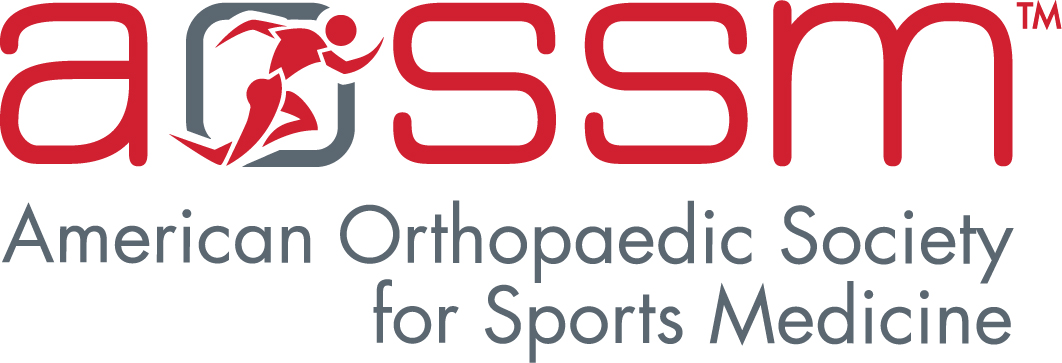Newswise — Las Vegas, NV – Pitching speed, player’s height, and pitching for multiple teams may correlate with a history of shoulder and elbow injuries, according to new research released today at the American Orthopaedic Society for Sports Medicine’s (AOSSM) Specialty Day.
“Our findings indicate that a 10 inch increase in height is associated with a 20% increase in likelihood of a history of injury, a 10 mile per hour increase in velocity is associated with a 12% increase likelihood of a history of injury, and playing for more than one team is associated with a 22% increase in the likelihood of a history of injury. Using these three factors alone allowed accurate prediction of 77% of injury histories,” said lead author, Peter N. Chalmers, MD from Rush University Medical Center in Chicago, where the study took place.
Chalmers, and his co-authors Terrance Sgroi DPT, Andrew Riff MD, Matthew Lesniak DPT, Eli Sayegh BS, Nikhil Verma MD, Brian Cole MD MBA, and Anthony Romeo MD, evaluated 420 youth and adolescent pitchers in pre-season training using two-camera, high-definition, high-speed video analysis. The players’ pitching and injury history were also collected. Thirty-one percent had a history of a previous injury and 30% had current pitching-related pain. Shoulder and elbow pain and injury are common in youth baseball players and significant research has been done to evaluate causes. This study is one of the few to evaluate breaking pitches as a risk factor for injury, although breaking pitchers did not correlate with injury history once the authors had accounted for pitch velocity.
“Pitch velocity was the single strongest correlate with a history of shoulder and elbow injury.,” said Chalmers. “The current USA Baseball, Little League America, and Major League Baseball recommendations lead to youth and adolescent pitchers throwing a lower number of pitches at a high velocity, but this strategy may not decrease the “peak” stresses experienced by the elbow and thus may not decrease the risk of injury. Further study is needed.”
###
The American Orthopaedic Society for Sports Medicine (AOSSM) is a world leader in sports medicine education, research, communication and fellowship, and includes national and international orthopaedic sports medicine leaders. The Society works closely with many other sports medicine specialists, including athletic trainers, physical therapists, family physicians, and others to improve the identification, prevention, treatment, and rehabilitation of sports injuries. AOSSM is also a founding partner of the STOP Sports Injuries campaign to prevent overuse and traumatic injuries in kids. For more information on AOSSM or the STOP Sports Injuries campaign, visit www.sportsmed.org or www.stopsportsinjuries.org
Meeting Link: American Orthopaedic Society for Sports Medicine’s Specialty Day
